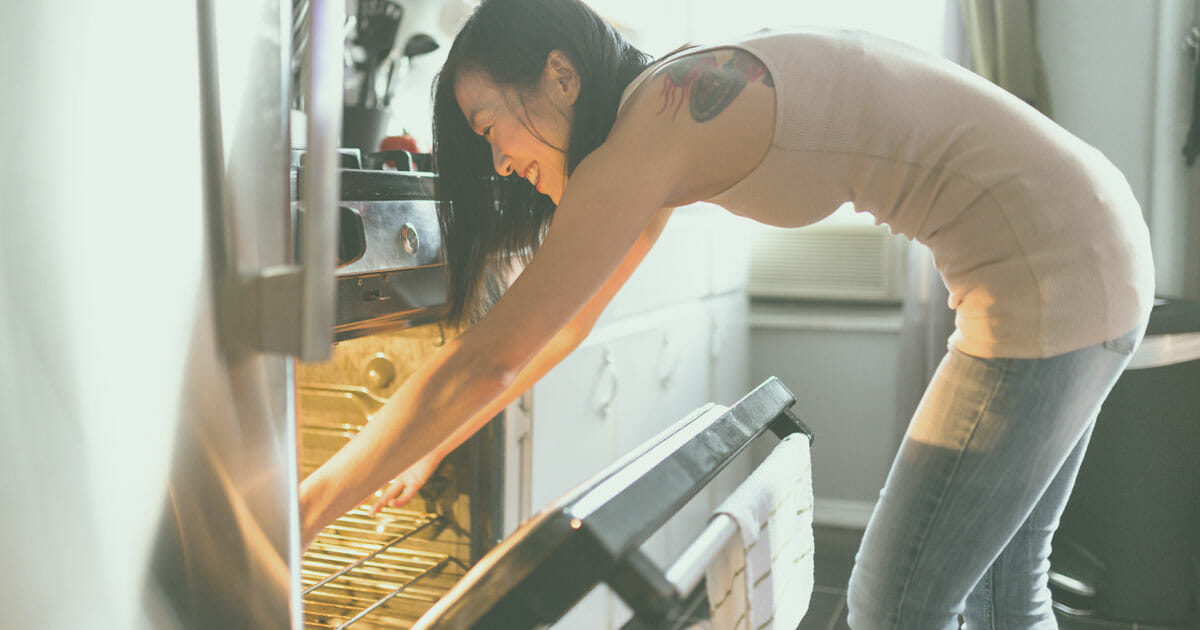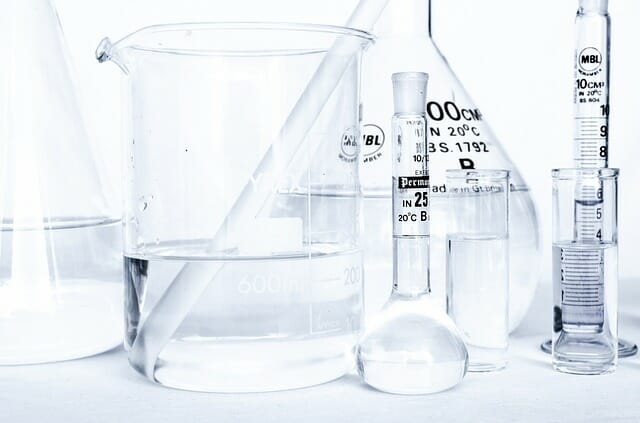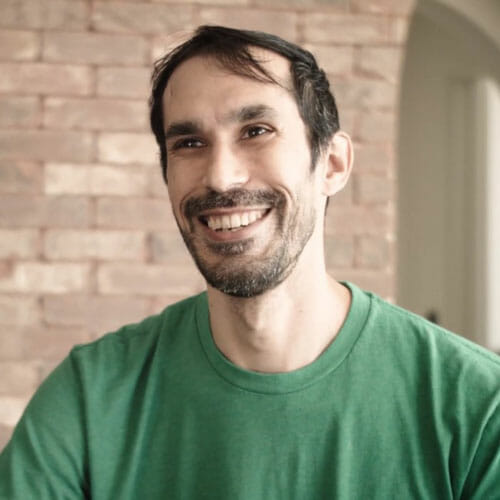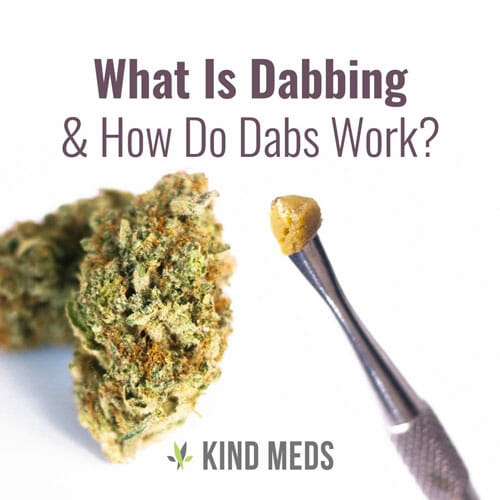What Should You Know About Decarboxylation?
Written by Chris Weatherall on May 3, 2019
The production of medical marijuana edibles involves a complex set of procedures, which includes cannabis decarboxylation, developed to maximize the benefits of the plant during the cooking process. While these procedures are a mystery to most of the population, it is important to know the how and the why behind the processes that make medical edibles possible. Without decarboxylation of cannabis in particular, your edibles would be nothing more than hemp-flavored sweets.
What is cannabis decarboxylation? Why is it so important in the production of edibles?
This article will answer both questions and provide insight into the process of cooking with marijuana.
How Does Medical Cannabis Affect Your Body?
Ever since the discovery of marijuana’s natural medicinal properties, people have been attempting to maximize its healing, calming, appetite-inducing and analgesic properties.
Marijuana occurs in an ever-expanding range of strains, cultivated to maximize one particular benefit or other. The effects of each strain depend on the concentrations of cannabinoid compounds found within. Strains with high concentrations of CBDA, or cannabidiol, have been found to produce the medical benefits important to:
epileptics
cancer patients
glaucoma patients
Similarly, strains with high concentrations of THCA, or tetrahydrocannabinol, produce the psychoactive effects of well-being and the “highs” desired by other users. Both accumulate naturally in what are known as the glandular trichomes, mainly in the flowers of the plant; however, if you eat the plant in its natural form, you will see no effects. This is because the natural compounds in marijuana that produce both the medicinal and psychoactive effects are not biologically available to your body’s cannabinoid receptors.
In the adult plant, both CBDA and THCA exist in an acid form your body cannot use.
First, you must convert the compounds into CBD and THC – both compounds that are bioavailable to the cannabinoid receptors in your brain.
What Is Cannabis Decarboxylation?
 The only difference between the molecular structures of THC and THCA, and CBD and CBDA, is an extra carboxyl group attached to THCA and CBDA. This carboxyl group gives the compounds their acidic properties and prevents their acceptance by the cannabinoid receptors in the brain.
The only difference between the molecular structures of THC and THCA, and CBD and CBDA, is an extra carboxyl group attached to THCA and CBDA. This carboxyl group gives the compounds their acidic properties and prevents their acceptance by the cannabinoid receptors in the brain.
In order to access these compounds, you must remove the carboxyl group – leading to the term “decarboxylation”.
For someone to obtain the desirable traits of cannabinoid compounds, you must heat the plant to a temperature far beyond what your body can achieve on its own.
The process of cannabis decarboxylation – heating marijuana plants to at least 200 degrees – serves to convert CBDA and THCA into CBD and THC, which have the medicinal and psychoactive effects, respectively, people desire.
This concept is the basis for why many people smoke marijuana; burning the flower of the marijuana plant converts THCA into THC and produces the desired psychoactive effect.
Why Is Cannabis Decarboxylation Important?
When making medical marijuana edibles, the same concept is in place. Hence, by decarboxylating the plant compound CBDA, CBD is produced. CBD has a great deal of medical potential for many patients. This is why medical grade edibles are produced to begin with. Failure to properly decarboxylate the marijuana plant reduces or eliminates these benefits.
Unlike THC, CBD does not have psychoactive effects. Properly decarboxylated CBD may be able to:
- Lower blood sugar in diabetic patients
- Treating patients in pain from cancer treatments and terminal illness
- Aid in reducing the effects of stress disorders, anxiety disorders, and insomnia
Check Out Our THC Cannabutter Cooking Calculator
Can You Decarboxylate Cannabis At Home?
 Previously, the only known way to decarboxylate marijuana was in a lab setting.
Previously, the only known way to decarboxylate marijuana was in a lab setting.
Laboratory conditions produced the very strict temperature and environmental settings necessary to decarboxylate effectively, while at-home methods tend to produce only partially decarboxylated products.
In addition, the only way to accurately determine the levels of CBD in your product is via lab testing.
As a result, some companies have released in-home decarboxylators that provide much more controllable temperature conditions throughout the process. These products claim to reduce loss of CBD, especially over large amounts of marijuana.
Another positive is that the decarboxylation process of cannabis does not release the highly potent marijuana smells of other at-home methods.
Regardless of the method of cannabis decarboxylation, CBDA must reach a certain temperature for a certain amount of time in order to become the highly effective CBD you are looking for.
Most experts recommend finding a strain with at least 90% CBD to maximize your efforts. Then, you must allow the plants to reach 250 degrees to cause the CBDA compounds to release the extra carboxyl group.
How To Decarboxylate Cannabis At Home
If you are determined to decarboxylate at home, there are a number of methods available for those who do not wish to purchase a decarboxylator. Some involve the use of a crock-pot, toaster oven, or conventional oven.
However, this quick guide will refer to use of a conventional oven, potentially the most common piece of equipment of those listed.
How To Decarboxylate Marijuana And Release CBD Compounds For Medical Purposes
Choose a strain with a high amount of CBD
As mentioned, a strain with at least 90% CBD will help you ensure your final product has a high concentration of the beneficial compound.
Preheat your oven to 225 degrees.
Line a shallow baking dish with parchment paper.
Place the buds on the baking dish
Make sure to break up the buds into smaller pieces for more even processing. In addition, ensure buds are close together, but not piled atop one another.
Bake to remove moisture
After preheating your oven, bake your buds for about 20 minutes to finish removing the residual moisture. Baking your buds longer will help if your buds were fresh and wet. Look for a product that is darker, medium brown, and crumbly. Set the product aside.
Preheat your oven to 250 degrees
While preheating, crumble the buds by hand and spread evenly over the baking dish.
Bake to carboxylate
Cover your dish with aluminum foil and continue baking at least another 60 minutes. You may need to increase baking time to 90 minutes for exceptionally high CBD concentrations.
Leave foil on the dish until the product has cooled
If the product has crumbled enough you may not need to process further. Otherwise, you may pulse in a food processor until you reach a nicely shredded product.
You may now bake or cook with your product.
However, keep in mind that the only way to accurately determine the amount of decarboxylated CBD in your product is via lab testing. As such, the medical properties remain unknown. In most cases it is preferable to purchase medical CBD edibles from a medical dispensary in your state.
Explore Our High Standard Medical Marijuana Edibles







